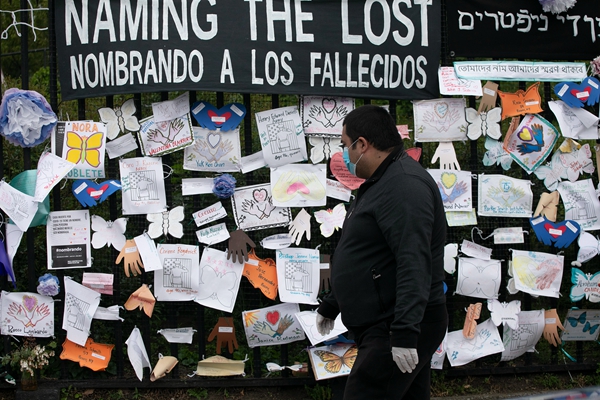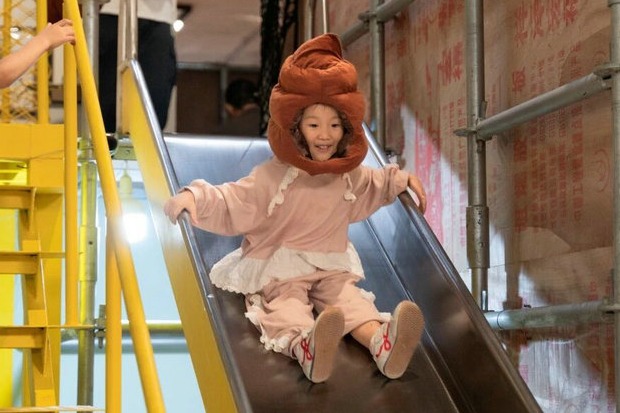THREE doctors, TWO countries, ONE enemy


They may have come to New York at diverse times and with various aspirations, but as the pandemic arrived, their Chinese backgrounds gave them a unique perspective as they joined in battle against the virus.
Zhang Jin, a Chinese American doctor, remembers the day when the urgent care clinic in which she works in Flushing, New York, was swamped by patients showing symptoms related to COVID-19.
"It was March 18, and people seemed to have come out of nowhere," she says.
Barely a week later New York was experiencing a surge of confirmed cases, followed by a rising number of deaths every day, with a peak of about 800 one day in April.
"If we could possibly go back to that day, I would say to anyone willing to listen: test as much as possible; get treatment as early as possible," Zhang says.
Over three months Zhang found herself face-to-face with more than 100 people who had contracted COVID-19.
"We couldn't test any patient until March 24, when a laboratory told us they could take our samples. I sent out six samples in the first week and eight in the second, although I knew that the overwhelming majority of those who came to us would have the virus.
"It was impossible to have everybody tested because the laboratories were inundated with test requests, including from hospitals treating only those with severe symptoms, and we didn't want to divert attention from them."
Someone who did get a test early on was Pang Peng, a psychiatrist at Staten Island University Hospital. She has been providing psychological counseling and support to COVID-19 patients, their family members and doctors, both in the hospital and at home by phone.
She realized she had a fever and chill on March 14 and decided to get tested.
"The hospital was then sending out only two to five test samples each day," said Pang who, when symptoms appeared, immediately called Zhang, who with her husband studied medicine in China.
Over the next few days Pang's condition deteriorated, her oxygen saturation falling sharply, meaning that just to ensure relatively smooth breathing she needed to sit up slightly.
"I first went to the hospital but later decided to stay at home, partly because at the time US hospitals had little experience in treating COVID-19 patients. At one point I was lying on a bed as my husband patted my back until I coughed up a thick blob of sputum."
Over those days Pang's condition ebbed and flowed, and she relied on an oximeter to monitor her condition. For her the palm-sized device was a godsend, the very last one a local pharmacy had had in stock. It is clipped onto one's finger and measures oxygen levels in red blood cells, a normal reading being between 100 and 95. Pang's dropped to as low as 85.
"Since COVID-19 patients with mild symptoms are required to stay at home in the US, self-monitoring is crucial, especially for those with COPD," says Pang, referring to chronic obstructive pulmonary disease, an inflammatory condition that obstructs airflow from the lung.



































